Drag shows and cult films are two examples of homosexual culture that many people identify with camp. However, the idea can also be a potent political instrument for minority cultures.
Carmen Miranda, for example, celebrates her tropical, mixed, lower-class Bahian identity with her towering fruit headdresses and lighthearted melodies. She questioned preconceived notions about femininity and made fun of stereotypes using her camp.
It is a means of expressing oneself.
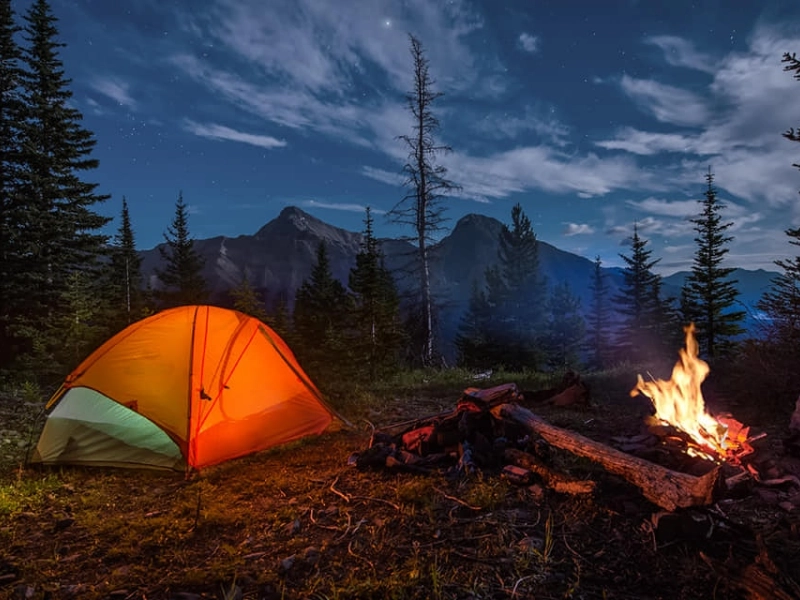
Camp, despite its widespread perception as a kind of self-satire, may be an effective political instrument for marginalised communities. Scholars contend that it is really the most effective means of expressing an identity that is rejected by popular society. A sense of community that is specific to the camp experience can be created by combining humour, androgyny, aesthetics, artifice, and extravagance.
In her groundbreaking article "Notes on Camp," Susan Sontag distinguishes between two types of camp: intentional and inadvertent. A blend of exaggeration, kitsch, and stylistic artifice characterise deliberate camp. Conversely, unintentional camp is a blend of humour and sincerity.
The LGBT community is the source of the queer aesthetic known as camp. In reaction to their marginalisation and oppressed by society, it served as a means for gay men to express the feminine, effeminate aspects of themselves. Talented auteurs such as Maurizio Cattelan, John Waters, and Grayson Perry are inspired by it nowadays.
It is a type of disobedience.
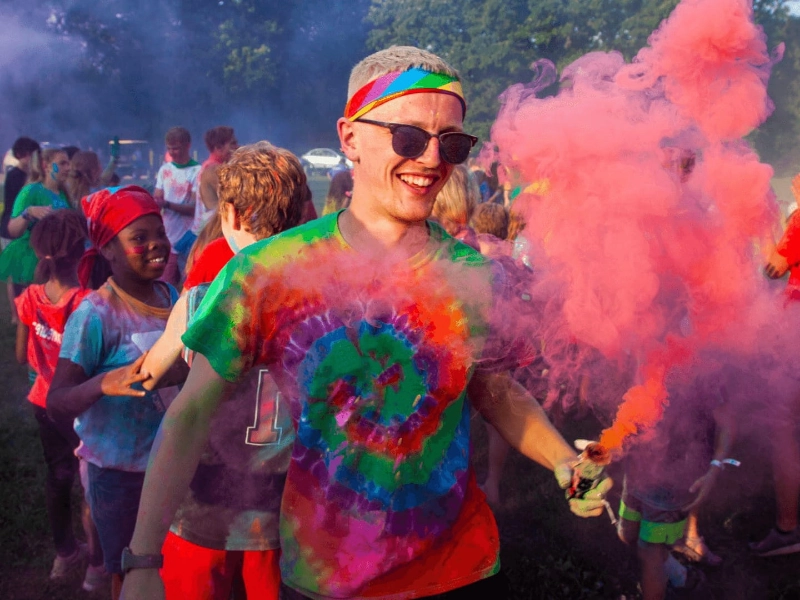
The idea of camp has represented ideas of flamboyance and theatricality since 1909. It was especially well-liked by gay men, who exploited it to subvert conventional notions of masculinity. Camp includes things like drag performances and cult flicks like The Rocky Horror Picture Show. By utilising fabrication to oppose discrimination, it is also a means of resisting repressive cultural limits.
The notion of camp has been broadened by academics to encompass more than merely popular culture. For example, academics have drawn connections between camp and actual rubbish as well as trash culture. It has also been referred to as "high camp," which is characterised by experimental performance art and avant-garde clothing.
It is a kind of defiance and resistance against the passive, obedient stereotype that society imposes on people. Therefore, using a camp aesthetic to express oneself may be quite fulfilling. Before you utilise camp as a form of protest, there are a few things to consider.
It's an enjoyable activity.
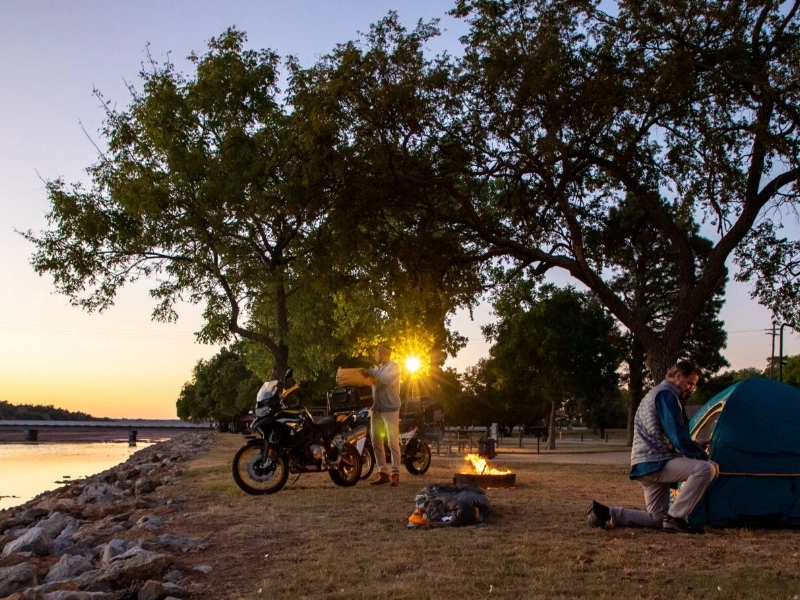
Camp is a means of self-discovery and relaxation in addition to being enjoyable. It assists kids in developing social-emotional abilities by introducing them to various settings, accommodating schedules, and a varied peer group. By enabling kids to go through reasonable setbacks and disappointments, it also aids in their resilience and self-confidence development.
Susan Sontag's 1964 essay "Notes on Camp" introduced the topic of camp to the general audience. In it, she listed fifty-eight traits of this new, edgy, satirical theatricality and linked it to the LGBT community.
These days, camp is becoming more and more common. The campy image is still popular today, whether it be thanks to RuPaul's Drag Race, the Broadway revival of Hedwig and the Angry Inch, or the emergence of opulent fashion labels like Gucci. And while if it's not as overtly LGBT as it formerly was, camp nevertheless uses humour, androgyny, aesthetics, exaggeration, and irony to subvert social norms. It continues to be a tactic of resistance for underrepresented groups.
It's a way to convey politics.
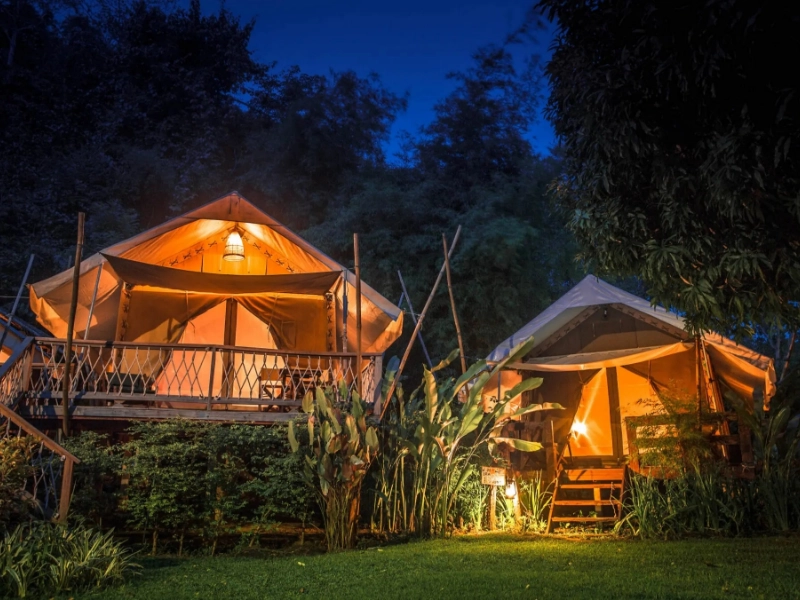
Despite Sontag's claim that Oscar Wilde invented camp, camp has evolved into a fundamental aspect of queer culture and is frequently employed as a means of protest and political expression. It appears in a variety of films, including RuPaul's Drag Race, a reality TV series, and Pink Flamingos, directed by John Waters in 1972. In addition, a lot of artists have shown camp-inspired pieces, including Tony Oursler, Jim Shaw, and Mike Kelley.
Although it might be challenging to categorise images as camp, stylized artifice, weaponized kitsch, and lighthearted exaggeration are characteristics that set them apart. It frequently combines humour, nostalgia, and irony. It is a provocative style that is frequently misinterpreted. LGBTQ people really used it as a tactic of resistance to reclaim the social and cultural areas that were denied to them. It is a means of fostering relationships and a sense of community. Queer communities have also utilised it as a means of protesting against corporations and governments that they find oppressive.
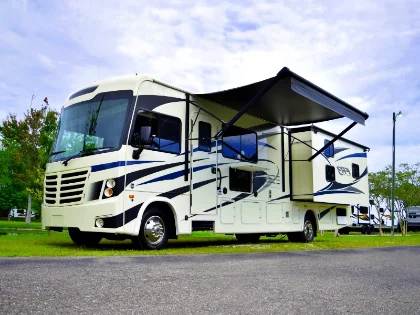

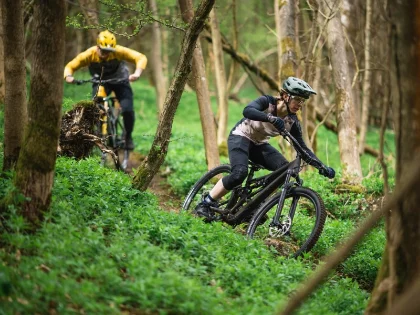
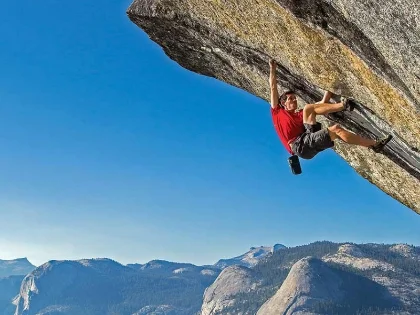
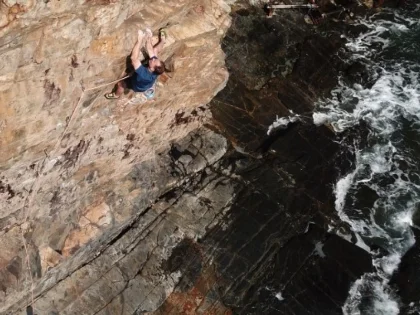



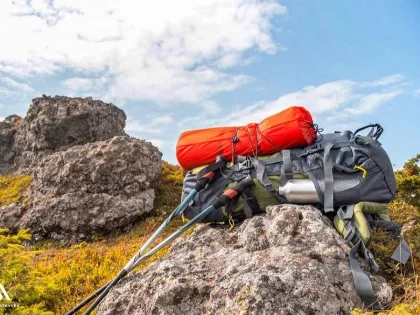

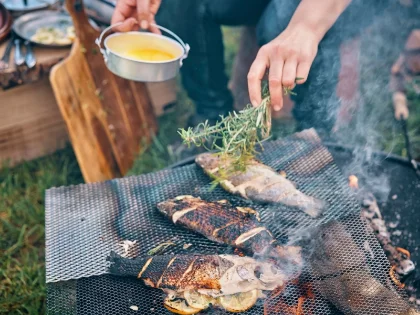


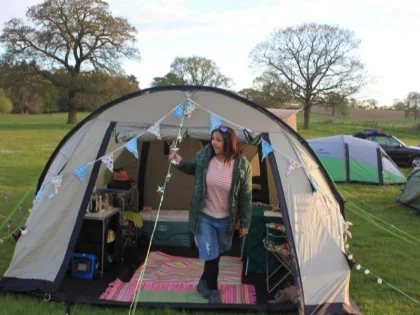
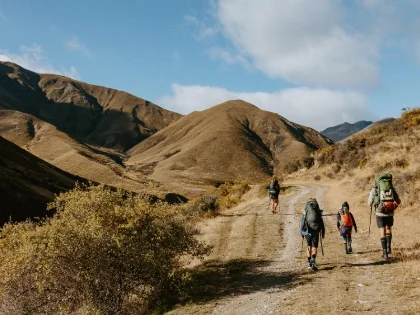

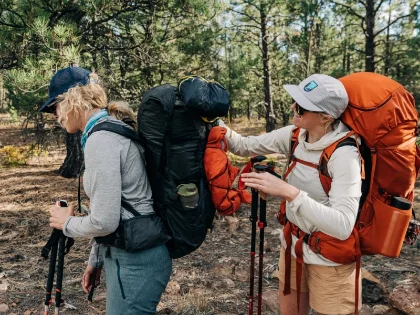
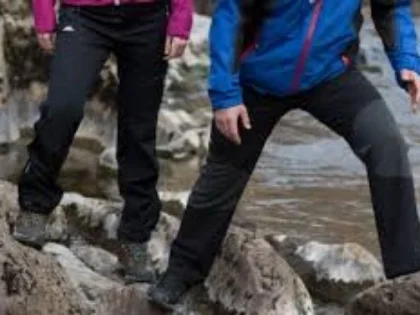
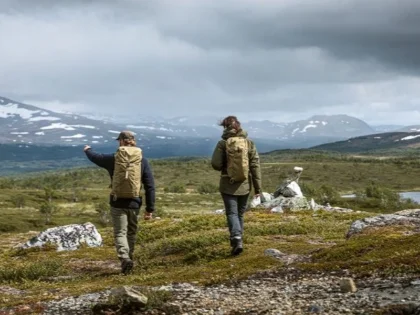

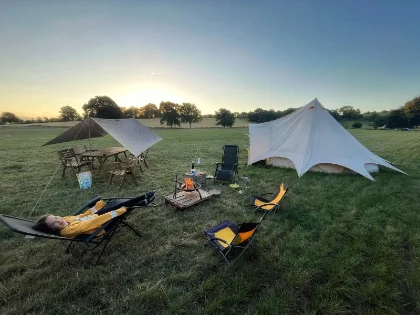



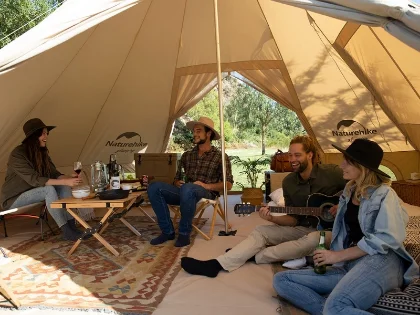
Comments
Leave a Comment
Your email address will not be published. Required fields are marked *